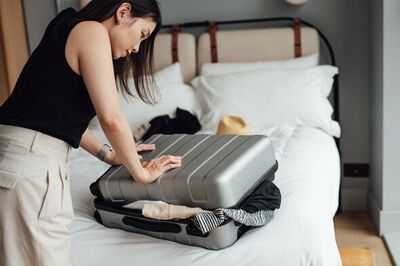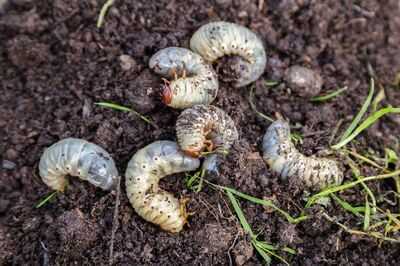Mold infestation: Presence of mold at home, might be killing us slowly, tips to stay safe
Have you ever noticed black spots on your bathroom walls, a musty smell in your basement, or greenish patches near your kitchen sink? If yes, then you might have mold in your home—and that’s a serious problem. Mold is more than just an ugly stain; it can slowly harm our health in ways we might not even realise.
How mold affects our health
Mold releases tiny particles called spores into the air, which you breathe in without even knowing. These spores can trigger:
- Allergies and respiratory issues – Sneezing, coughing, wheezing, and shortness of breath are common symptoms.
- Weakened immunity – Long-term mold exposure can lower your body's defense, making you more prone to infections.
- Brain fog and fatigue – Many people experience memory problems, headaches, and chronic tiredness due to mold exposure.
- Severe lung infections – In extreme cases, mold exposure can lead to fungal lung diseases, especially in people with weak immune systems.

Why it’s important to keep our home mold-free
Many people ignore mold, thinking it’s just a cosmetic issue. But the longer it stays, the worse the effects become. Here’s why you must act fast:
Where mold hides in our home
Mold grows in wet, humid, and poorly ventilated environments. The most prevalent hiding areas are:
- Bathrooms and kitchens - Steam and water leaks provide the ideal breeding environment.
- Basements and attics - Poor ventilation traps moisture, making them mould hotspots.
- Moisture buildup inside AC units causes mold formation, which eventually spreads throughout the air.
- Carpets and walls - A tiny water spill that is not thoroughly dried can result in a mold infestation .

How to prevent mold growth
The best way to avoid mold-related health risks is by preventing its growth in the first place. Here’s how you can keep your home safe:
What to do If a person already has mold in their home
If you spot mold in your home, don’t ignore it. Here’s what you should do:
Check for health symptoms: If you've been feeling sick for no apparent cause, get tested for mold exposure.
Read more









